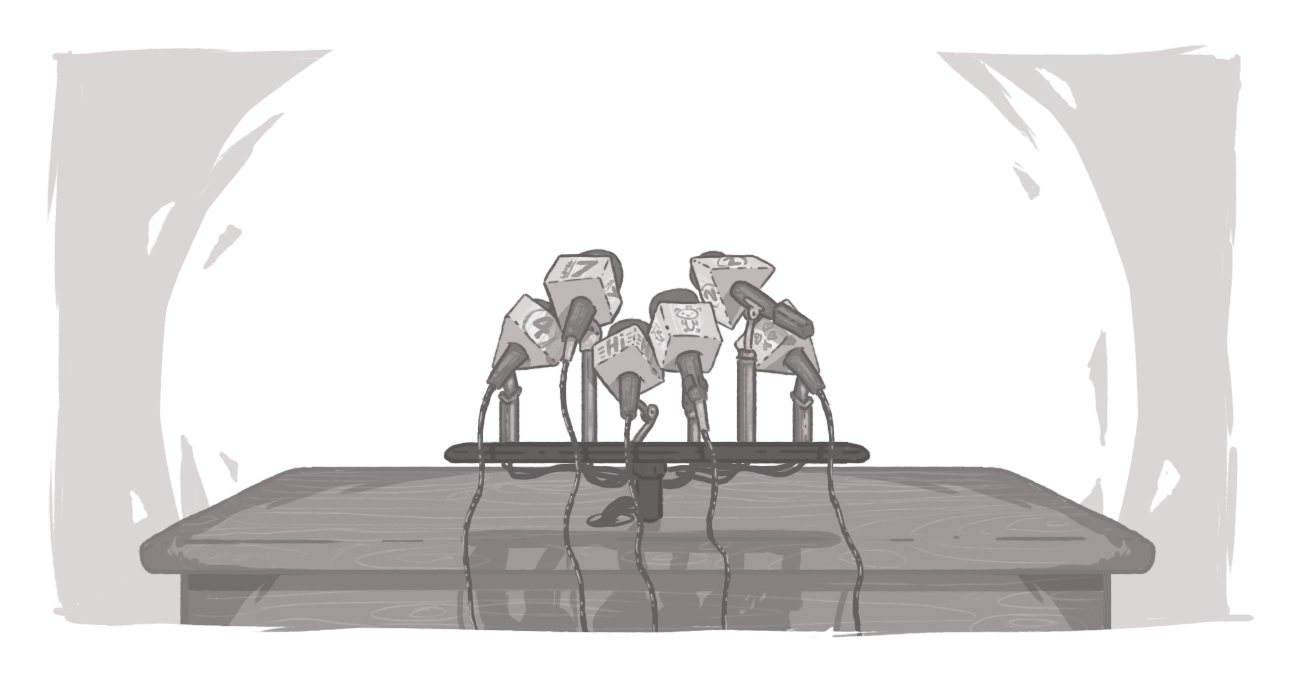Accessibility Can’t Just be Lip Service; Words Must Have Weight

They’re nice words -- but you may hear an echo if you say them because too often they ring hollow in our society.
Today is the International Day of Persons with Disabilities and the theme is “empowering persons with disabilities and ensuring inclusiveness and equality.”
That sounds great and it sounds like something we should all get behind. But it takes more than words to make a difference.
At Digital Echidna, we’re strong advocates for accessibility both online and off. I have the honour of sitting both on a provincial roundtable for accessible employment and our municipal accessibility advisory committee, as well as being part of the Ability First Coalition. I know there are a lot of people out there doing great work; and I know that many people have their heart in the right place.
But we can’t just empower and ensure without effort. A day is great, but what does it mean when the system is broken?
Every day we hear companies say that they can’t find qualified talent. Conversely, we know unemployment rates amongst people with disabilities is disproportionately high. We also know that many of those who are unemployed have post-secondary education. So where’s the disconnect? One plus two should equal three right?
Wrong.
Systemically, our education system throws up barriers left and right to accessible education. Our friend and colleague Sarah Jevnikar has often spoke about her challenges getting university math textbooks in Braille -- sometimes having to pay for the services herself. Not everyone can do that, so many students avoid those fields altogether.
So how do we get students into the fields where there are jobs? What are the barriers preventing them from doing so? What biases exist amongst business that perpetuate those barriers?
It can be anything from myths and misconceptions to something as basic as union contracts -- preventing accessibility-focused efforts like job sharing or flexibility.
Societally, we love to pay lip service to inclusiveness, but are very good at finding ways to get around that. From heritage designations that deny accessibility efforts to maintaining barriers to access common community spaces like parks and environmental areas, we have seen human rights sacrificed at the altar of political expediency.
Don’t believe me? Next time it snows, take a look at the sidewalks and how long it takes them to get salted to bare concrete, or access to the bus stop to be cleared. Even a one-inch cover of packed snow can make an area impassable for people in wheelchairs -- so what’s the option for someone with accessibility challenges?
Inclusiveness and equality isn’t a pick-and-choose option. By creating and perpetuating barriers to parts of our community, we’re effectively choosing which members of our community are allowed to fully participate. It’s the societal equivalent of a carnival ride -- but instead of saying you have to be this tall to ride, we say you have to be this mobile/have this much vision/or this much cognitive ability to benefit from everything our community has to offer.
That’s not equal. And that’s not inclusive.
So what can you do? Start small. Make accessibility a part of your life. The next time you post a photo on Twitter or Facebook, make sure that there’s alt-text on it so that people with vision challenges can read it. When it snows, get outside and scrape that sidewalk to the bare ground -- and don’t pile snow up at a corner.
And next time you’re out and about, look at some of the things we take for granted that were originally designed for accessibility. Curb cuts on street corners, for example, were made for people in wheelchairs, but are appreciated by anyone pushing a baby stroller or people using canes and walkers. Captions on TV were initially designed for those hard of hearing, but tell me you don’t appreciate them the next time you’re waiting for a train or a flight and “reading” the news on the overhead TV. Or how about the next time your arms are filled with groceries and you can hip-check that button to open a door automatically.
Recently, I saw a social media “campaign” from well-meaning people who said they were going to stop using these accessibility buttons out of respect for the community. But they have it so wrong -- universal accessibility is what we should be striving for. Use those buttons! Show how a focus on accessibility benefits people from all walks of life.
Anyone who has heard me talk about accessibility is probably sick of hearing this, but I truly hate the word “accommodation.” To me, that sounds like we’re doing something special -- or doing something extra. Instead, accessibility should be about removing barriers and ensuring that our design -- physical, environmental, digital -- is accessible to all.
But that takes more than words. That takes effort, societal buy-in, and an understanding that the challenges we face aren’t superficial. From education to environment, these barriers are deep-rooted and need to be addressed: not by tokenism, not one day a year, but each and every day.
Empowering persons with disabilities and ensuring inclusiveness and equality -- great words, but it’s up to us to ensure that they don’t ring hollow.
SUBSCRIBE TO OUR E-NEWSLETTER
 Subscribe
Subscribe


